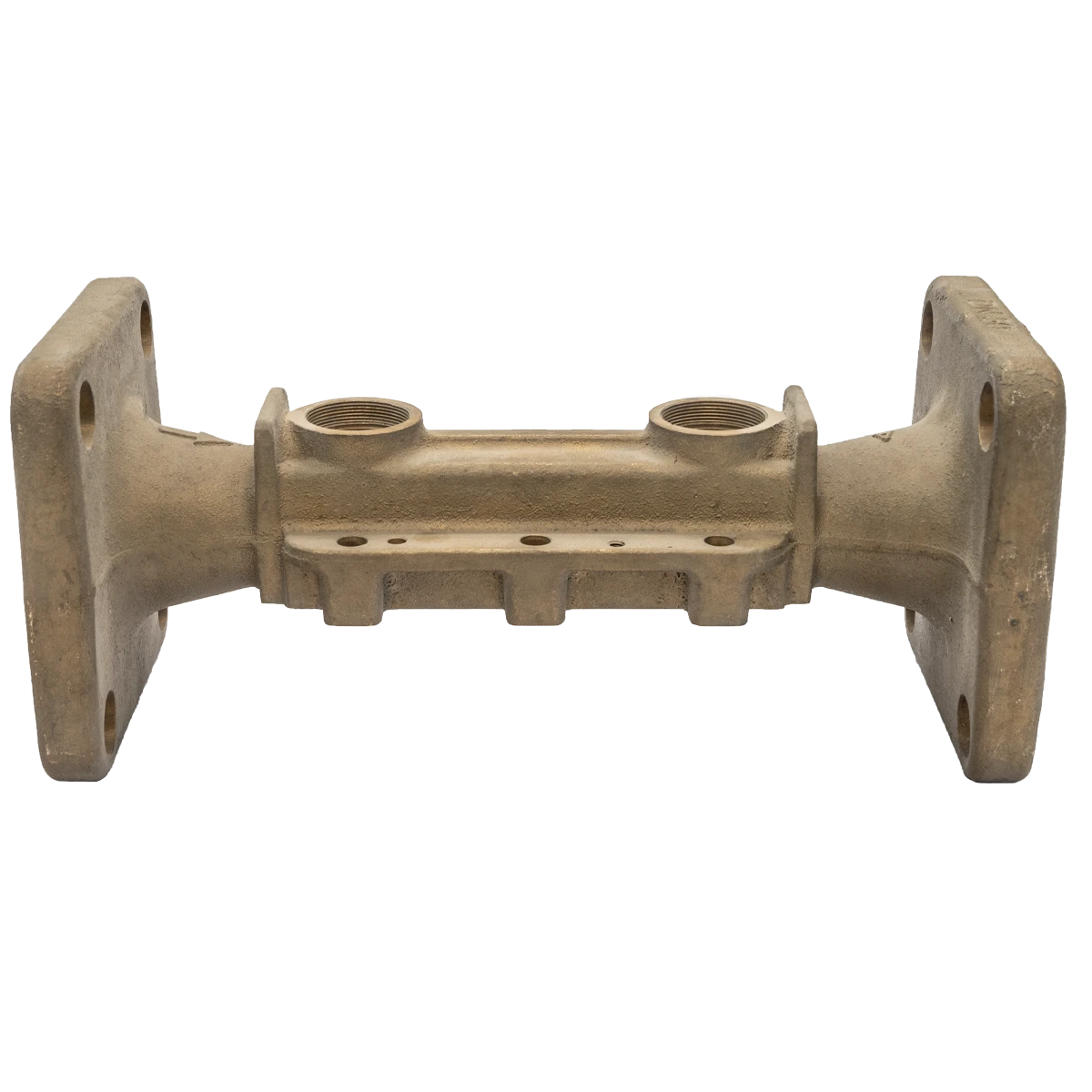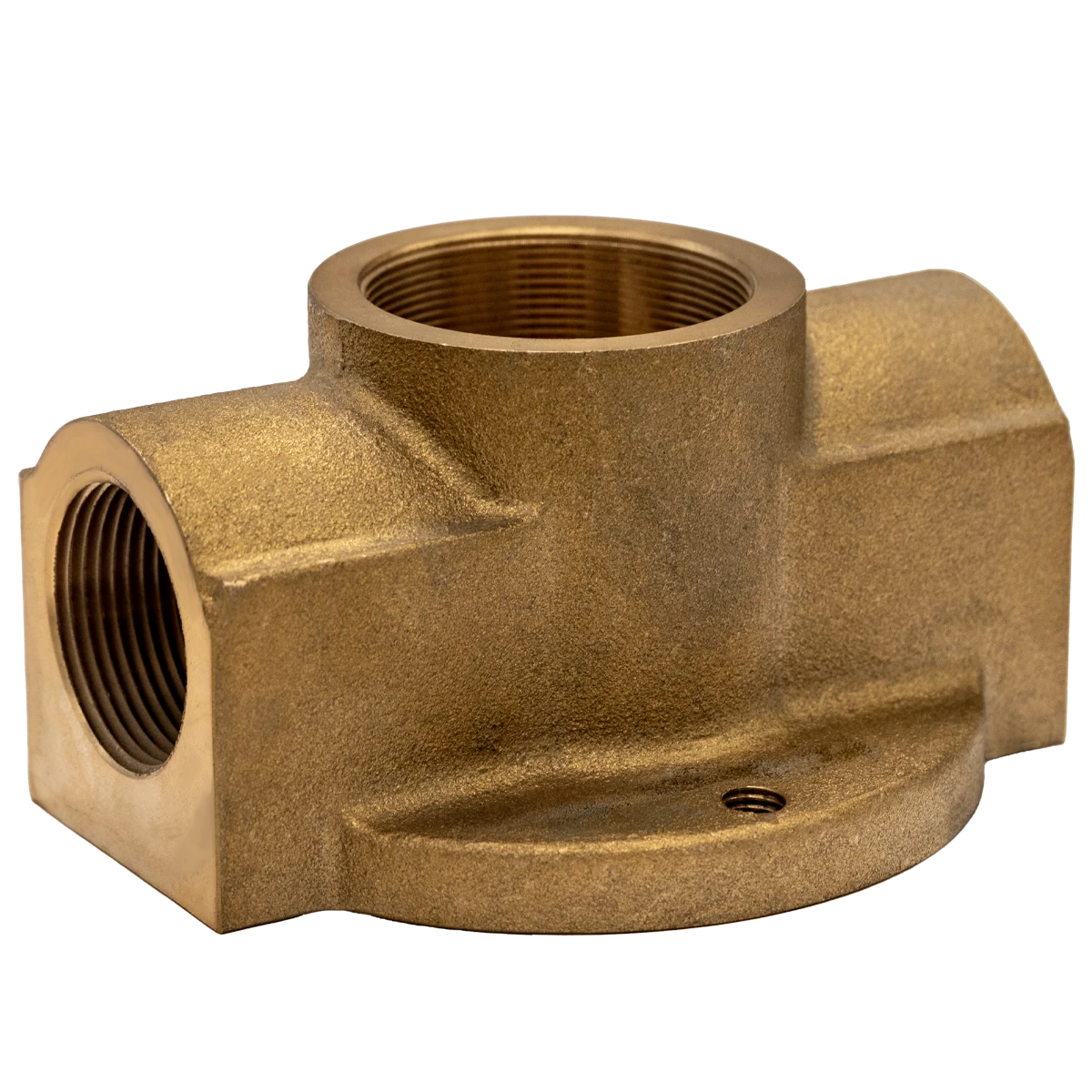Mobile:+86-311-808-126-83
Email:info@ydcastings.com
English
What Is Aluminum Casting?
Casting is the oldest metallurgical technique. The first functional metal components were accidentally refined copper, from chalcopyrite and chalcocite rocks in a fire. The metal could be cast into ingots in the ashes and hammered into a useful shape. Aluminum casting is a critically important group of methods that allow the manufacture of complex parts.
Aluminum casting is the process of introducing molten aluminum into a cavity to create a part. Aluminum and many of its alloys have relatively low melting points and low viscosity when molten, yet cool to form strong, rigid solids. A variety of casting processes make use of these properties by forming a heat-proof cavity (in one or two parts), into which molten aluminum is poured. The metal then cools and solidifies, taking on the shape of the cavity it has filled. The cavities used for this vary in material and construction, and the processes have various names.
Aluminum casting is perhaps the most important cluster of technologies and methods in the aluminum product supply chain. Human technology development has gone through seismic shifts over millennia. The bronze age societies were eventually supplanted by those utilizing iron. In turn, iron gave way to steel in the 19th century and steel began to give ground to aluminum in the 1940s. Aluminum is the third most common element in the earth's crust. It’s easy to find its salts in high concentrations—and with energy available, it is straightforward to refine. Aluminum is the key to most areas of technology and aluminum casting is one of the key processes that bring the material into mainstream use and appreciation. The ability to produce net shape-finished parts of high precision, low weight, and moderate strength empowers every manufacturing sector.
Aluminum castings offer an exceptional stiffness-to-weight ratio, only beaten by more costly magnesium or titanium parts. Aluminum alloys offer a range of ductilities, generally lower than pure aluminum metal which is very soft.
Ultimate tensile strengths (UTS) vary considerably with the process. Where low porosity is achieved by aggressive degassing of the melt and high-pressure casting, the UTS approaches the optimum for the alloy. Some alloys are developed for greater resilience and others for greater rigidity, implying more tendency to brittleness.
-
Materials Used in Manufacturing Cap End Pipe FittingsNewsNov.24,2025
-
Material Properties of CF8M CastingNewsNov.24,2025
-
How to Inspect Pump Cap Ends for DamageNewsNov.21,2025
-
Backward Curved Impeller – Efficient Airflow Solutions for Industry | YD CastingsNewsNov.21,2025
-
Automobile Water Pump - Efficient, Quiet, Durable & ElectricNewsNov.21,2025
-
Impeller for Pumps – High-Efficiency, Durable, OEM-ReadyNewsNov.21,2025











